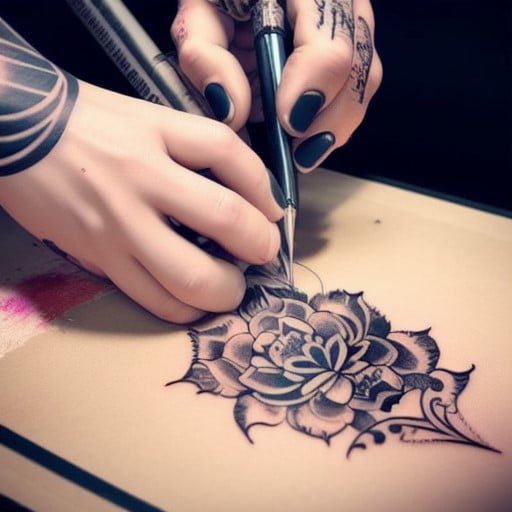Tattooing has been an art form for thousands of years and has undergone countless transformations. From traditional needles to modern ink techniques, tattooing has evolved with the times. However, the intricate art of tattooing remains the same even though the tools and techniques have changed. In this article, we will explore the history and the evolution of tattooing techniques from needles to modern ink.
The Intricate Art of Tattooing
Has been around for over 5,000 years and is a form of body modification that involves inserting ink into the skin. The art of tattooing is intricate and requires precision, skill, and patience. A tattoo artist must have a steady hand, an eye for detail, and an understanding of the human anatomy.
In ancient times, tattoos were used for various purposes such as religious and cultural practices, to mark a person’s status or rank, and to commemorate important events. was a painful and time-consuming process, and the needles used were made of bone, wood, or metal.
Over time, tattooing became more of an art form, and artists began using more sophisticated tools and techniques. The development of electricity in the late 1800s allowed for the invention of the tattoo machine, which revolutionized the process.
Today, it is a popular form of self-expression and art, and tattoo artists use a variety of techniques and styles to create breathtaking designs.
From Traditional Needles to Modern Ink Techniques
The traditional way of tattooing involved using a needle to puncture the skin and insert ink into the dermis layer. This method is still used today, but tattoo artists now have access to more advanced tools and techniques.
The invention of the tattoo machine made the process faster and less painful. The machine uses a needle that moves up and down rapidly, puncturing the skin as it goes. The ink is then injected into the dermis layer, which is the layer of skin that contains the cells that produce pigment.
In recent years, new techniques have emerged that use different types of ink. For example, some artists use UV ink that glows under black light, while others use white ink to create a more subtle effect.
Another popular technique is watercolor tattooing, which uses a watercolor effect to create a painting-like design. This technique involves using different shades of ink to create a beautiful and unique design.
Tattoo artists also use 3D to create designs that appear to be popping out of the skin. This technique involves shading and highlighting to create a three-dimensional effect.
Conclusion
Tattooing has come a long way since its ancient origins and the art continues to evolve. From traditional needles to modern ink techniques, tattooing has become a popular form of self-expression and art. Whether you prefer a traditional tattoo or a more modern design, the art of tattooing remains an intricate and beautiful form of body modification.
Caution: Do not try yourself and consult a professional dermatologist before going to a tattoo professional


